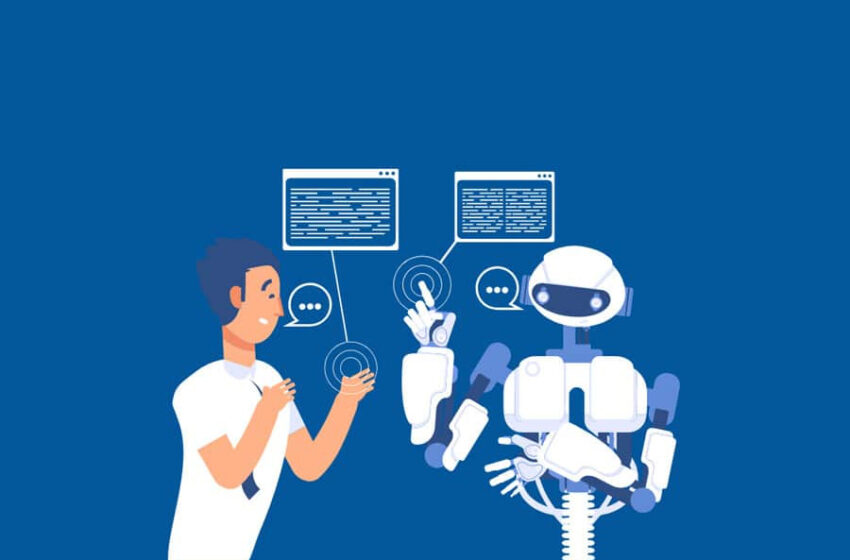The AI Arms Race: Detectors vs. Generators
In this computer age, a silent war between man and machine has commenced. On one side, we have the unrelenting march of artificial intelligence, churning out text uncannily similar to human thought. On the other, an increasingly large army of AI detectors, heaps of whom have painstakingly been trained to make out the synthetic from the real. It’s a high-stakes battle with far-flung implications, from education to journalism.
Cat and Mouse Game
The development of AI content creation has been nothing short of amazing. From those early, stilted attempts at replicating the human language to today’s sophisticated models capable of coherent, nuanced text, the progress has been rapid and relentless. These Language Models, more colloquially known as Large Language Models, are learning at an exponential rate. Vast amounts of data are being absorbed, and the ability to produce content at a human level is being honed out of these systems.
The better these AI generators, the better the tools to detect them. AI detectors are getting better and better at catching patterns and anomalies in text that signal artificial authorship. This does not merely look into the structure of the sentences or word choices but even at very minute style and tonal subtleties.
A Never-Ending Cycle?
The problem is, this is cat and mouse. Every time the detectors get better at detecting AI content, the language model developers come up with new ways of evading detection. It is dog-eat-dog innovation, counter-innovation—a technological arms race with no end in sight.
The constant back-and-forth begs a host of pressing questions: Will there be a time when AI detectors can firmly declare something as human or not? Or is it just an arms race that’s going to continue forever? And what are the implications of this continuous cat-and-mouse game on the future of AI?
High-Stakes Game
The impact of this arms race resonates far beyond the technological domain. In case AI content creation becomes undifferentiated from the one created by a human, it would eventually redefine the way we think about education, journalism, and even democracy. AI-driven fake news would be hard to filter out at rampant levels of misinformation, which could afflict societies. The very notion of authorship could fade as it becomes increasingly difficult to determine who — or what — is behind a given piece of content.
Navigating this landscape requires one to be cautiously optimistic and venture into territories where humans have never gone before. The stakes are indeed high, but the potential benefits from AI equally match the hype. Together, working to understand the risks and developing ethical guidelines and standards, we can harness AI for all it can offer while making sure that it does not harm.
Introducing HireQuotient’s AI Detector: A Solution in the AI Arms Race
As the battle between AI content generators and detectors intensifies, tools like HireQuotient’s AI Detector play a crucial role in maintaining the balance. This advanced AI detector is designed to identify and flag AI-generated content, ensuring authenticity and originality are preserved.
The HireQuotient AI detector uses sophisticated algorithms that examine contents at many different levels, from surface linguistic patterns to contextual understanding. It’s not only about the surface level but also about delving deep inside the text to distinguish what is human and what is machine-generated clearly. At the highest level, when the stakes are higher, this level of scrutiny is quite necessary.
Stay ahead in the arms race with things like the HireQuotient AI Detector integrated into your content creation and publishing systems. Whether you are an educator, journalist, marketer, or general content creator, having access to a reliable AI detector in your arsenal confirms the authenticity and trustworthiness of your content.
The Path Forward
This arms race is not one with easy solutions, either technological or ethical. Technological innovation must therefore go hand in glove with critical ethical considerations for a multifaceted approach. Through open and honest dialogue now about the challenges and opportunities brought by AI, we can chart a course where AI works for, not against, us.
The bottom line should not be to throttle AI innovation but to make sure it is working in the best interests of humanity. It’s through tools like HireQuotient’s AI Detector that we can strike a balance between harnessing the power of AI and safeguarding the integrity of our digital world. While the road ahead might be complex, it is only through collaboration and prescience that we’ll navigate this AI arms race to a future where technology and authenticity go hand in glove.


